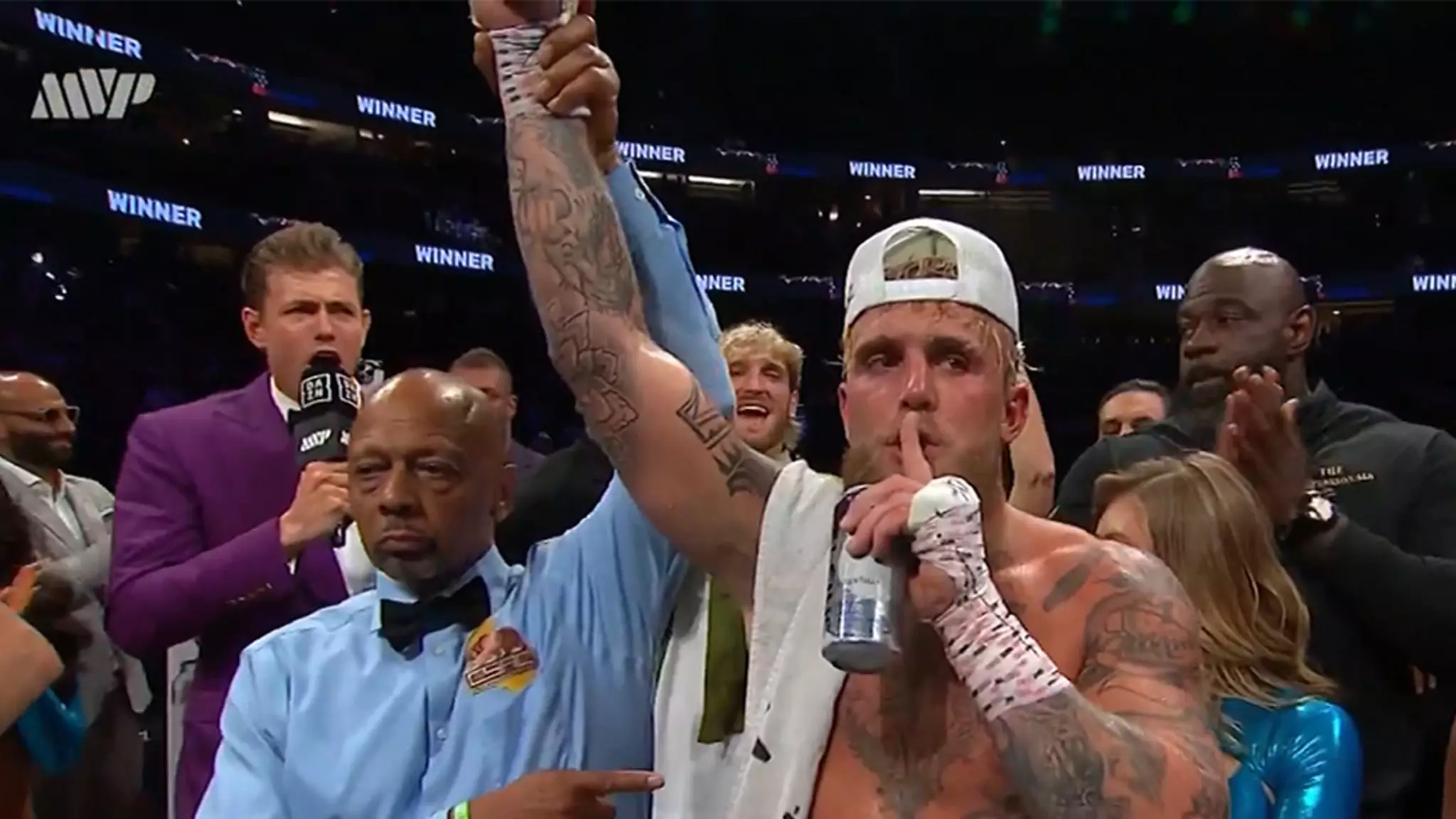Jake Paul’s recent unanimous decision victory over Julio Cesar Chavez Jr. has once again sparked intense debate about the evolving landscape of boxing. Fighting at the Honda Center in Anaheim against a crowd fervently supporting the veteran Chavez Jr., 28-year-old Paul controlled much of the fight despite the hostile atmosphere. While many anticipated a fireworks display from the former middleweight world champion, the bout’s pacing and strategies developed into something far less conventional and more a test of tactics and mental endurance than of raw aggression.
The Challenge of a Cautious Opponent
The early rounds exposed Chavez Jr.’s reluctance to engage seriously, offering a rare spectacle of a seasoned champion appearing passive and disengaged. His hesitance frustrated the crowd and commentators alike, who noted his preference for complaints over combat. This mental rigidity, perhaps a result of frustration over perceived fouls, seemingly compromised Chavez Jr.’s natural fighting instinct. In contrast, Paul’s sharp, consistent offense and willingness to press the action kept him firmly in control. Paul’s approach demonstrated a calculated patience and ring intelligence often underestimated by critics who dismiss him as merely a social media star.
Turning the Tide: Chavez Jr.’s Late Surge
The fight’s momentum shifted noticeably in the sixth round when Chavez Jr. showed signs of rekindled aggression and started landing meaningful punches. This burst revitalized the crowd and forced Paul to adapt, transitioning into a more defensive posture by clinching and absorbing Chavez Jr.’s offense over the final rounds. The former champion’s late efforts, while commendable, highlighted the difficulty of pacing in professional boxing: his sluggish early performance left a deficit too large to overcome, regardless of his improved output down the stretch.
Judges’ Scorecards and Public Perception
The unanimous scorecards (99-91, 97-93, and 98-92) reflected Paul’s dominance during the majority of the fight but also underscored a controversy inherent in fights involving high-profile crossover athletes. Fans and traditionalists often focus on moments of excitement or engage in biased rooting, sometimes dismissing the technical proficiency on display. Paul’s ability to remain composed under a hostile crowd and strategically manage the rounds he led speaks to his rapid maturation as a boxer. His unapologetic response to booing spectators underscores his confidence but also polarizes audience perception further.
A Look Ahead: Ambitions and Advocacy
Following the victory, Paul did not shy away from naming potential future opponents such as Anthony Joshua and Gervonta Davis, signaling his ambition to climb the boxing hierarchy. Beyond the ring, his gesture of support for former opponent Ben Askren during a challenging health battle reveals a dimension of empathy often overshadowed by media spectacle. This duality—combining competitive snarling with personal compassion—adds layers to Paul’s public persona, complicating the narrative around him as merely a brash internet figure. As he continues to challenge established boxers, Paul’s trajectory will be crucial in shaping how crossover athletes influence the sport’s legitimacy and popularity.

Leave a Reply